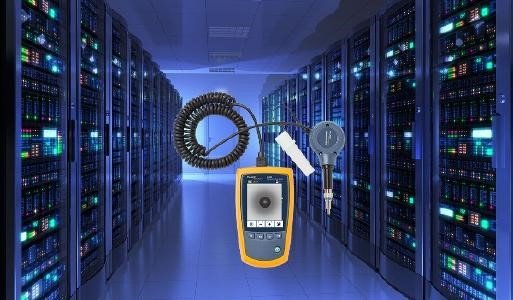Advantage of Automated Fiber Inspection over Manual
September 28, 2016 / General, Standard and Certification, Installation and testing, Upgrading and troubleshooting, Industrial Networks
Over the past decade, the amount of fiber in the data center has increased significantly due to the need for higher bandwidth between switches and the ever increasing amount of equipment requiring fiber uplinks to storage area networks (SANs), not to mention the demand for maximum availability that calls for redundant primary and secondary fiber network connections to every piece of equipment.
 Large data centers and co-locations can contain hundreds or even thousands of fiber connections at interconnects and cross connects serving core, aggregation and SAN switches. And because fiber has a relatively small footprint, data centers can pack hundreds of fiber connections into a single rack unit to maximize space utilization. Most high density fiber patch panels can support 144 or more LC connectorized fibers in just a 1U space.
Large data centers and co-locations can contain hundreds or even thousands of fiber connections at interconnects and cross connects serving core, aggregation and SAN switches. And because fiber has a relatively small footprint, data centers can pack hundreds of fiber connections into a single rack unit to maximize space utilization. Most high density fiber patch panels can support 144 or more LC connectorized fibers in just a 1U space.
The industry has seen plenty of solutions to help access these compact fiber connections--everything from slide-out trays to innovative push-pull connectors that make it easier to connect and disconnect in tight spaces. But finding the right fiber port in these high density fiber areas is still a challenge, especially in the low light conditions commonly found in data centers and telecommunications rooms. How often do you see technicians holding a flashlight in their teeth?
And considering that dirty fiber end faces remain the primary source of transmission problems in fiber optic systems, inspecting fiber ports when troubleshooting is an absolute necessity. Manual fiber inspection scopes simply won't do in high density fiber areas. Imagine trying to get that scope positioned on the one port you need to inspect without impacting adjacent connections and then holding it up to one eye while closing the other--all while holding a flashlight in your teeth. But fully automated inspection scopes come with a higher price tag and their advanced analysis capabilities are often overkill for basic troubleshooting.
Thankfully there's another option. Bridging the gap between a manual scope and a fully automated inspection scope, Fluke Networks' FI-500 FiberInspector™ Micro fits easily into tight spaces, and it is the first inspection probe to feature an integrated flashlight to make it easy for technicians to find and inspect fiber ports in dense, low-light environments. It's also about half the price of a fully automated fiber inspection scope but with plenty of features, including fast autofocus, zoom and centering. It can even pause an image, making it easier to inspect difficult-to-reach places or to see when the image just won’t stand still.
Armed with the FI-500's large, high-contrast display and integrated PortBright™ flashlight feature, you'll be able to quickly determine if end faces are contaminated or damaged--no matter how poorly lit your surroundings. And your dentist will be happy that you're no longer holding a flashlight in your teeth.




